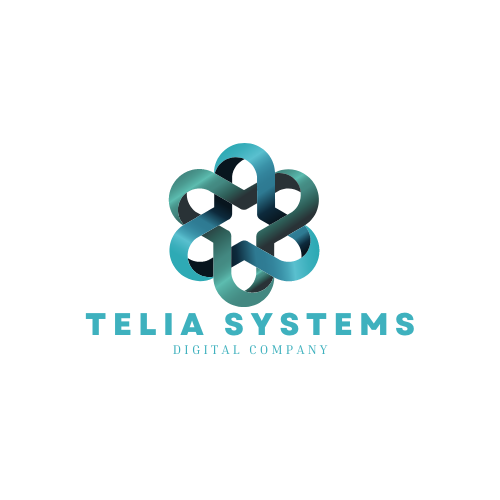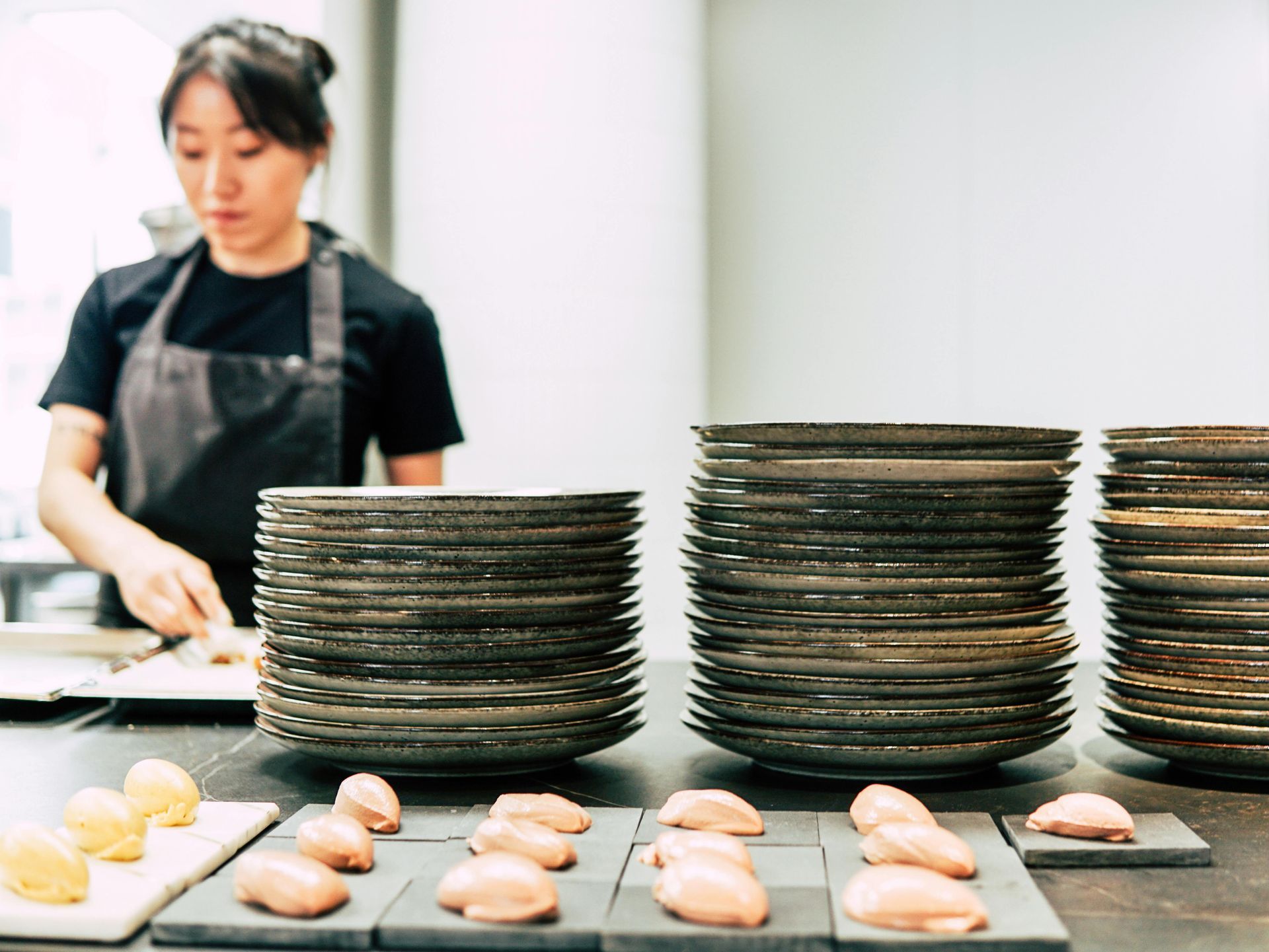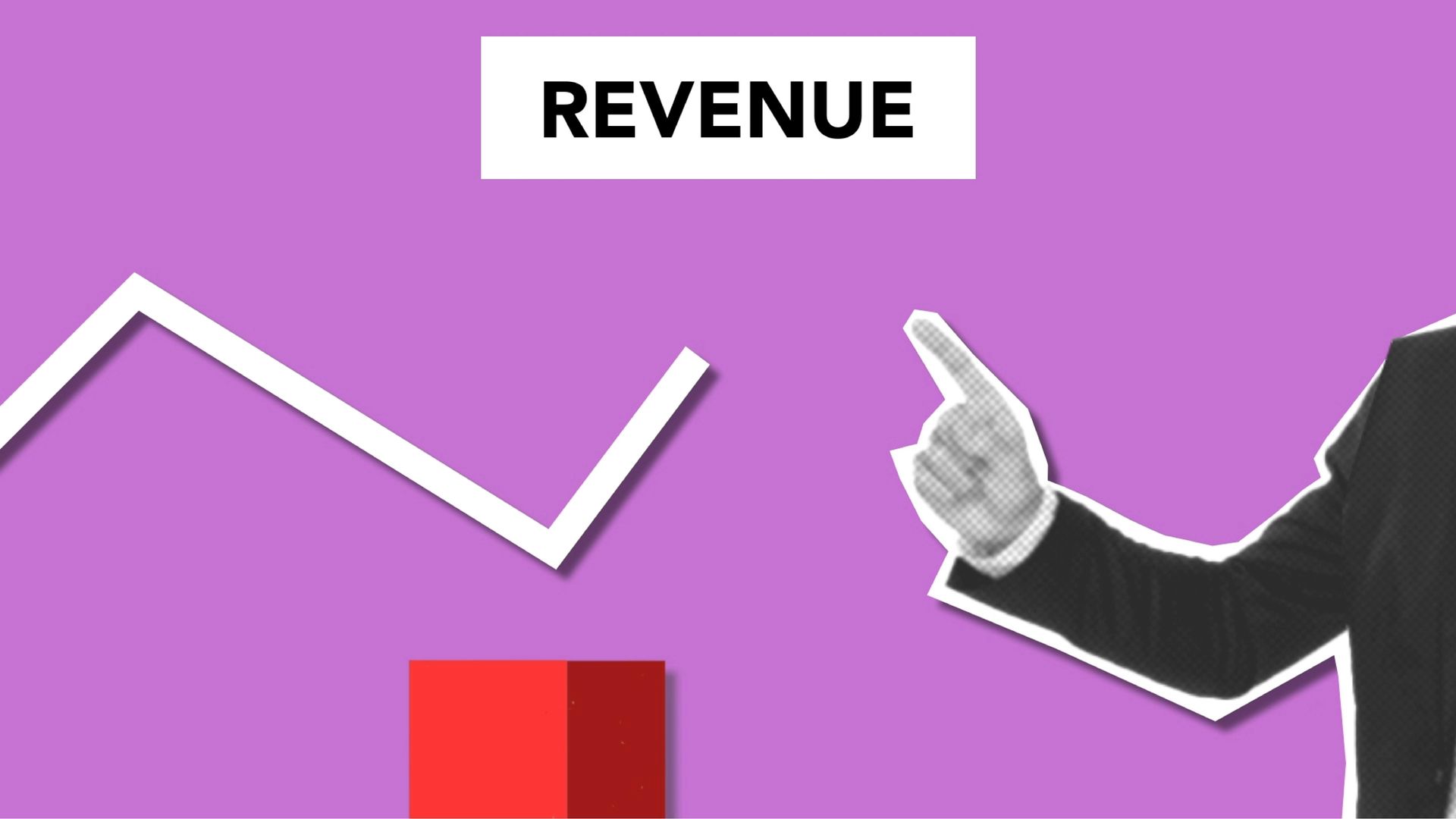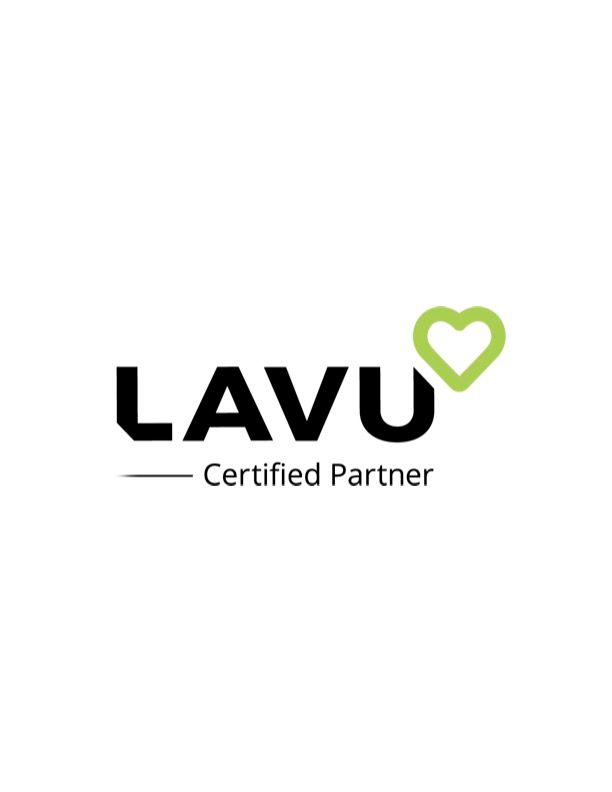Prime Costs
Prime Cost and The Impact it Can Have on Your Business
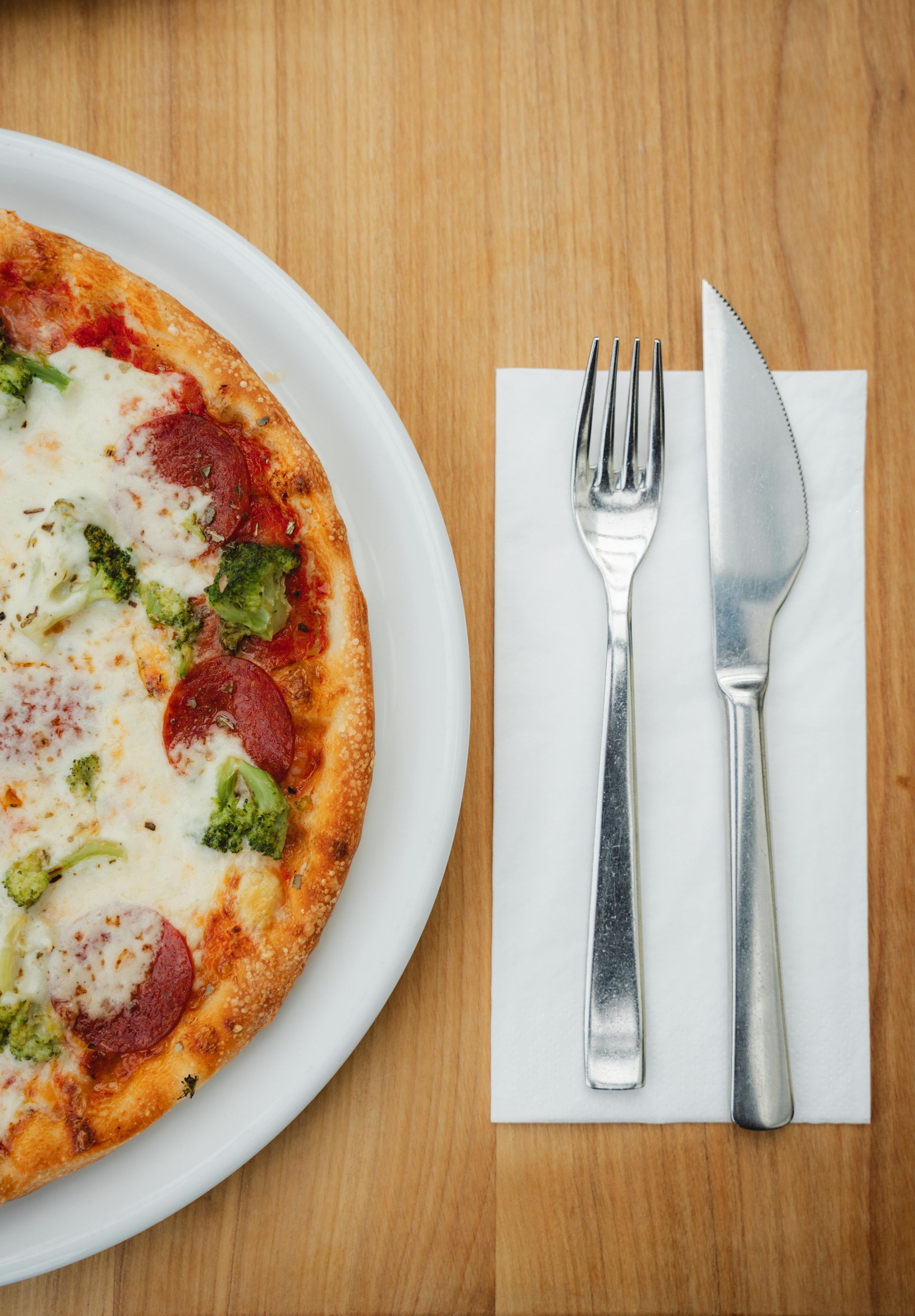
Prime Cost and The Impact it Can Have on Your Business
With rising product costs and labor getting out of control back in 2024 and beyond, it’s no wonder that independent operators are scratching their heads trying to get a handle on their processes. If you’re not already aware, Prime Cost consists of the combination of the manufacturing of products and total direct labor.
Most all industries work off a model that manages these costs, but how often are they following their own processes. In most cases, unfortunately, it’s on an annual or bi-annual basis. Shameful, and they know it……I’m busy, I’m short handed, I don’t have the right talent. These are all familiar excuses of independent operators who struggle to know their numbers. Those who are structured properly, know these numbers weekly, so on the eighth day, they know what targeted issues needs to be addressed immediately.
So, why is Prime Cost important to an owner or operation?
For the seasoned operator, it’s the one barometer when looking at their weekly numbers which gives them and immediate indication of how well they are executing daily. For example, the PC will give an owner a metric of how well their contribution margin will help in determining what the price of goods should be.
In addition, the PC will give the owner a snap shot of expenses, efficiencies, and most important profitability!
Prime Costs is the one metric used for financial health when compared to sales and pricing a product correctly or even dropping an item that’s margin deficient. By looking at your PC weekly it can inform you if your workforce is productive, where you need pivot your model, or find crucial gaps in your business.
Let’s look at an industry that really gets’ granular by using this metric to increase their basis points.
The restaurant industry is known for very lean margins and has little to no room for error. When a restaurant operator is looking at their PC weekly it helps make sound decisions immediately to wether or not the owner will to need to address the following concerns; purchasing, vendor contracts, menu engineering, recipe allocation, shrinkage, portion control, product yield, manufacturing processes, proper ordering, inventory turn, waste, theft, etc……..you get the point, it’s all a delicate balance and this one metric will tell them the overall story of their operation. It’s absolutely KEY!
While Prime Cost is a necessity, there is a level of caution that is taking place when it comes to buying ingredients or pivoting recipes, these practices can have a negative impact while trying to sustain customer loyalty. Saving penny’s can cost an owner longterm customers, this is why recipe standardization and portion control plays an important role for consistency in product delivery. If these practices are not in place, you invite the risk of product over runs, unnecessary waste and even theft.
Food is only one factor of this metric, Labor is the other component which has an even equally important impact on the PC and a bit more trickier in terms of finding the right talent to manage efficiencies. Not being able to find or pay for top tier candidates, forces operators to push people into management roles without the proper trining. This tends to backfire and leads to operational problems. To offset these decisions, operators lean towards raising prices, which impacts the losing of loyal customers as their standards are not being met.
These two factors (Food and Labor) or in the case of other industries direct material and direct labor makes up the formula for Prime Costs. It would be an under statement to say that minimizing the importance of having yourself as an operator or owner of not reviewing a short form P&L with your PC as the focus on what to discuss with your team on a weekly basis, this would be treason….. harsh? Don’t think so… what’s the alternative?
What is the formula for Prime Costs?
Well for restaurants, and not too much difference in other industries, but a PC of anything more than 70% is flirting with disaster, and below 60% you are a rockstar in the casual dinning space.
In the interest of time, lets keep this simple:
The first factor of the PC calculation would be ‘’direct material or product’’ which is the sum of all the physical ingredients that make up the end result or product. So, a restaurant that purchases ingredients to manufacture a dish to sell would be the materials for the end result of that dish. Any tool or other materials to produce that product, like a knife, storage container, labels, refrigeration, gloves, etc…would considered to be an expense of overhead.
Just like a restaurant, a furniture manufacture, manufacturing a couch would count lumber, fabric and staples as direct materials. And the use of other materials used in production that don’t end up in the final product, such as gloves, eye protection, and stapler for the furniture worker, would be considered indirect materials.
Here is the formula to get the direct material usage.
Beginning Inventory + Purchases - Ending Inventory = Direct Material Usage
The second factor of the PC calculation is direct labor
Total Direct labor includes the following:
- Hourly wages
- Salaried wages
- Sales commissions
- Benefits
- Bonuses
- Employer payroll taxes
The third factor of the prime cost formula is the sum of total direct labor and direct material or product costs.
Total Direct Labor + Direct Material = Prime Costs
For restaurants, as you can see, it’s critical to have processes utilizing a metric like ‘’Prime Cost’’ weekly, as it can have an immediate impact on one’s business if actions are taken to minimize their risks.
Prime Cost numbers may be different for other industries like construction or manufacturing, but equally as important to get the results that is needed to make sound decisions immediately.
No matter what your industry or metric of use is, understanding your numbers is critical and your Prime Costs should be your bible when time comes to review your operations output.

